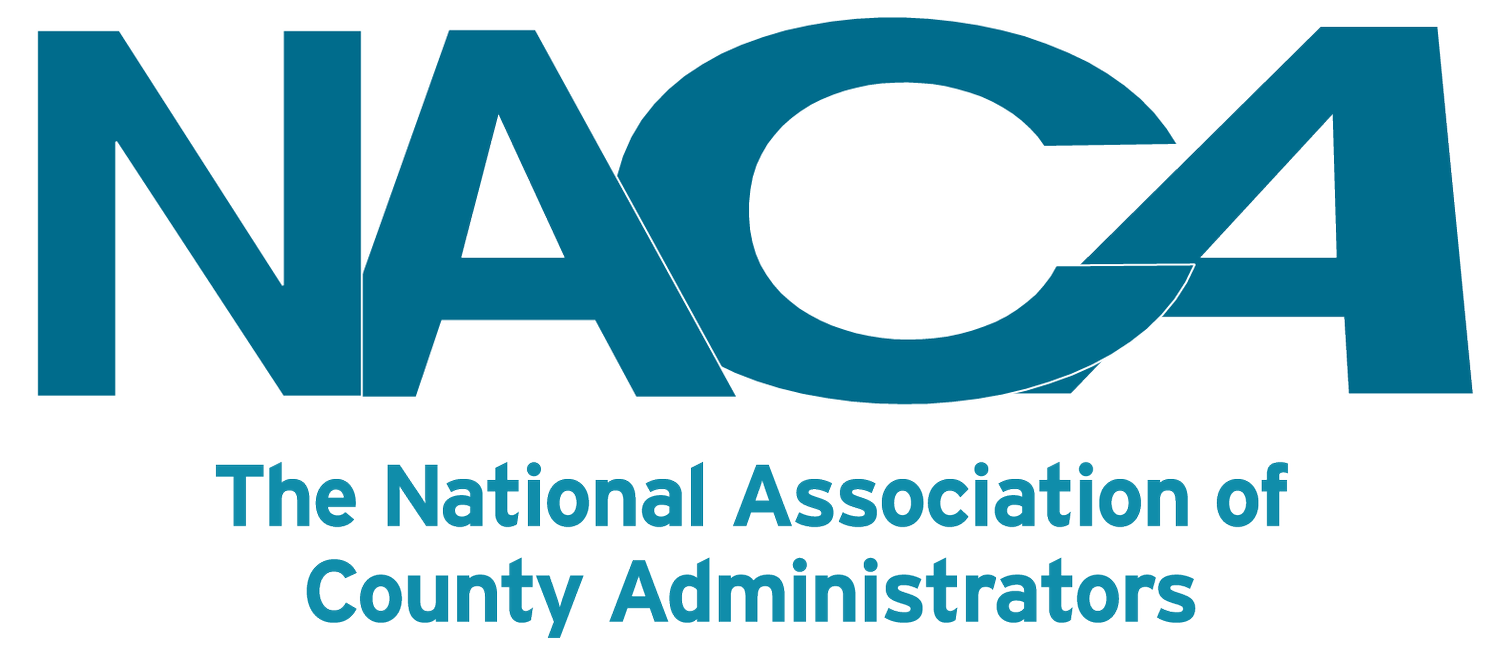How Counties Can Use Evidence-Based Policymaking to Achieve Better Outcomes
Research can guide budget and policy decisions in local jurisdictions | Report December 10, 2018 | Read time: 44 min
Resource from: pewtrusts.org
Overview
Counties play an essential role in delivering front-line services to residents. From administering state and federal benefits to operating jails and supporting local hospitals, they invest more than $550 billion annually in their communities, according to the National Association of Counties (NACo). Given the scope of their responsibilities, counties also have a significant opportunity to improve the quality and efficiency of the programs that serve their residents.
But county leaders often face substantial challenges in their efforts to provide high-quality services. They may lack adequate tools to determine the effectiveness of public programs as well as the data collection and oversight systems needed for improvement. However, better access to research and advances in technology are making it easier for leaders to engage in these activities, particularly through evidence-based policymaking. This approach uses the best available research, such as existing program evaluations and outcome analyses, to guide policy and funding decisions. It allows county leaders to ensure that they are choosing the best services for their residents, maximize limited resources and benefits for taxpayers, and track and continuously improve their programs.
Because of counties’ relatively small size compared to most states and proximity to services and providers, county leaders often observe community problems firsthand, have personal relationships with agency leaders and community stakeholders, and can work quickly to solve problems. These factors can help counties get the support, buy-in, and coordination they need for their evidence-based policymaking endeavors to succeed. Although significant research has been conducted on state-level efforts to advance evidence-based policymaking, little research exists about these practices at the county level. This report by the Pew-MacArthur Results First Initiative and NACo is a first-of-its-kind look at how counties engage in this work. It also identifies ways counties can support and sustain their success, including:
Building internal support for needed changes.
Starting with small innovations and scaling them up.
Engaging external partners.
Investing in capacity building for provider organizations.
Leveraging existing administrative data
Key components of evidence-based policymaking
In 2014, Results First created a framework for evidence-based policymaking that includes five key components: program assessment, budget development, implementation oversight, outcome monitoring, and targeted evaluation.
This report builds on that framework and finds that many of the steps applicable to states also apply to counties. In addition to exploring the work that local jurisdictions are doing within these five components, this report examines the lessons that are specific to counties. While they do not need to tackle all of these steps at once, local governments can adopt some of these strategies—those that best fit their needs—to support better decision-making.


